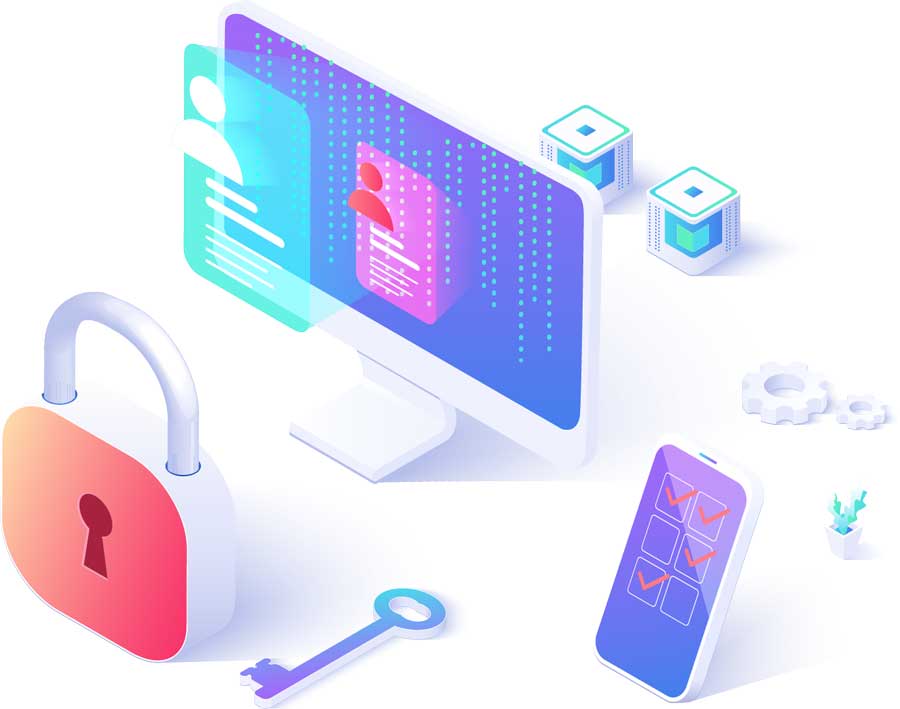Clients can make CNY payments by converting funds firstly to CNH and then to CNY at a 1:1 exchange rate.
What is the difference between CNY and CNH?
Renminbi is the name of the currency of the People’s Republic of China (RMB) while the currency unit is the Yuan. There are two types of Renminbi, each one covering a different trading market – CNY is used in the domestic economy while CNH is used for international trade. These two markets differ according to regulations and each market has its own exchange rate.
How are payments made?
China’s central banking system implemented its own international payment system in 2015 known as CIPS (Cross-Border Inter-Bank Payments System). CIPS provides clearing and settlement services for cross-border renminbi (RMB/Yuan) transactions.
CIPS became mandatory for cross border CNY on the 1st January, 2021. Our banking partner is a member of CIPS which means that CNH is converted to CNY at a 1:1 exchange rate within China, meaning that you never need to make a second FX conversion in China.
The payment process is outlined below:
1.We collect funds on behalf of your customer.
2.The funds are transferred from your customer’s sub-account into our master account.
3.The funds are converted into CNH by our banking partner.
4.The CNH is sent by SWIFT to our correspondent banking partner in China as part of the CIPS scheme.
6.The correspondent bank in China converts CNH to CNY at a 1:1 ratio and then deposits the funds in the beneficiary’s bank account.
Please note that the beneficiary of a CNY payment to China must be a company incorporated in mainland China. CNY payments to individuals are not permitted. It is possible, however, to send the onshore CNY to your bank or your partner’s bank and use them to distribute the funds locally to an individual’s bank account.
Is a Payment Purpose code required?
A valid payment purpose code is required for SWIFT CNY payments into China. A payment purpose code is not required for any other destination country.



